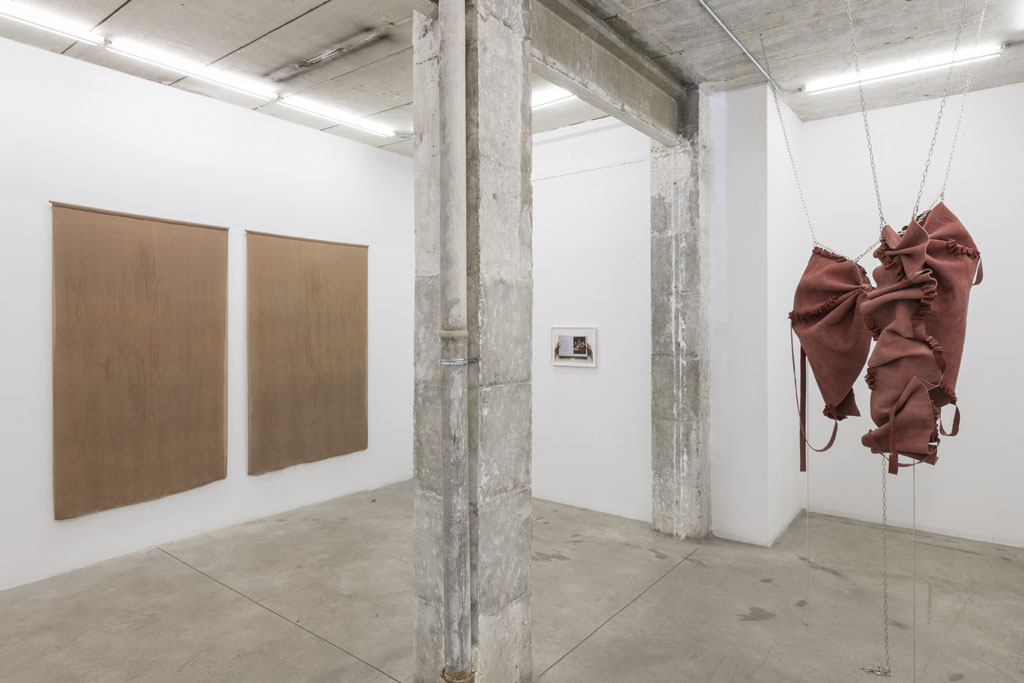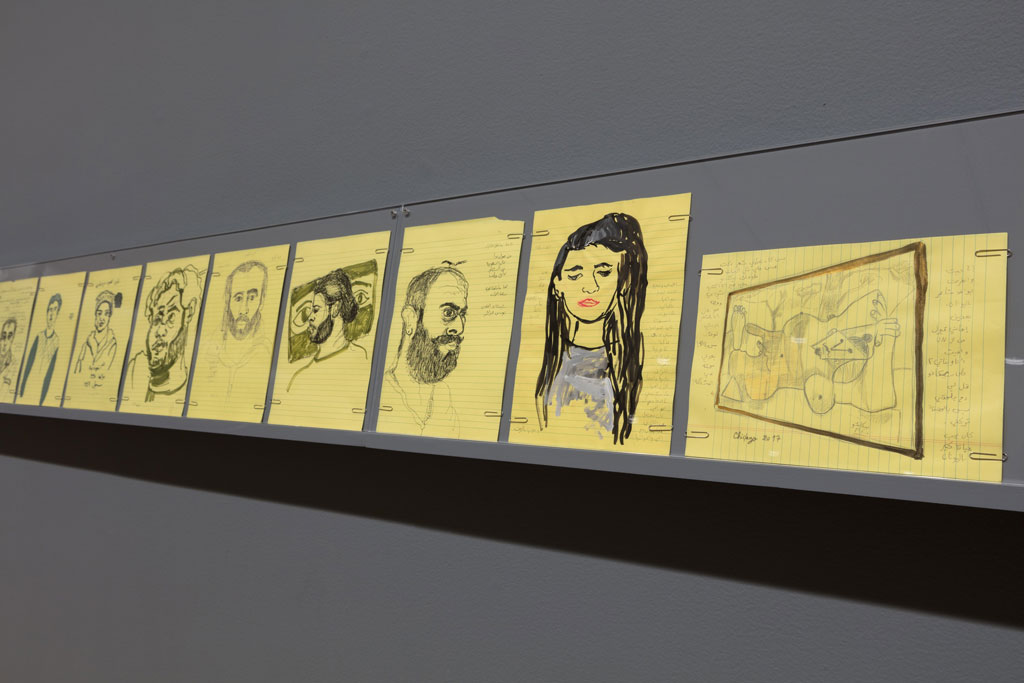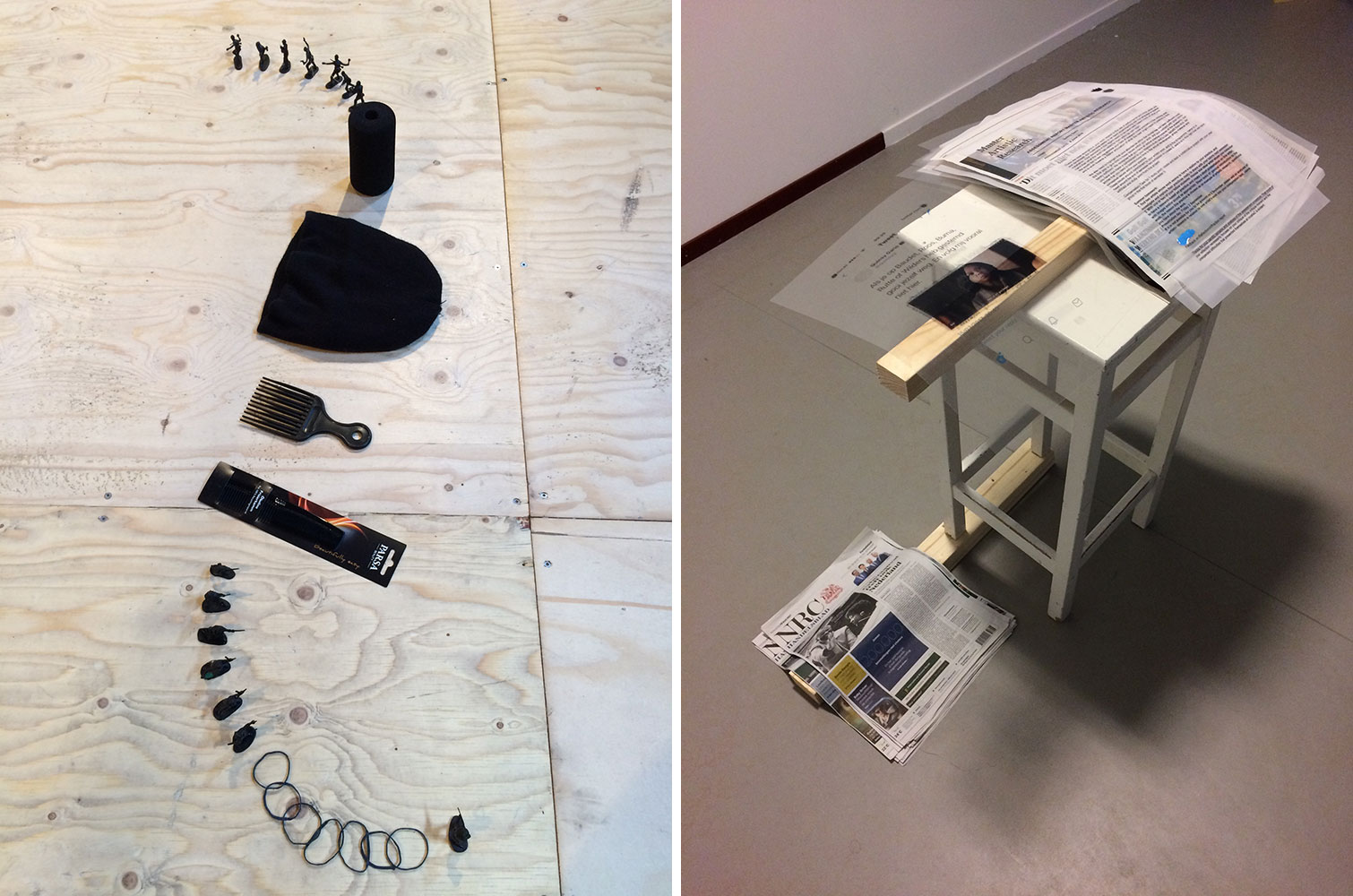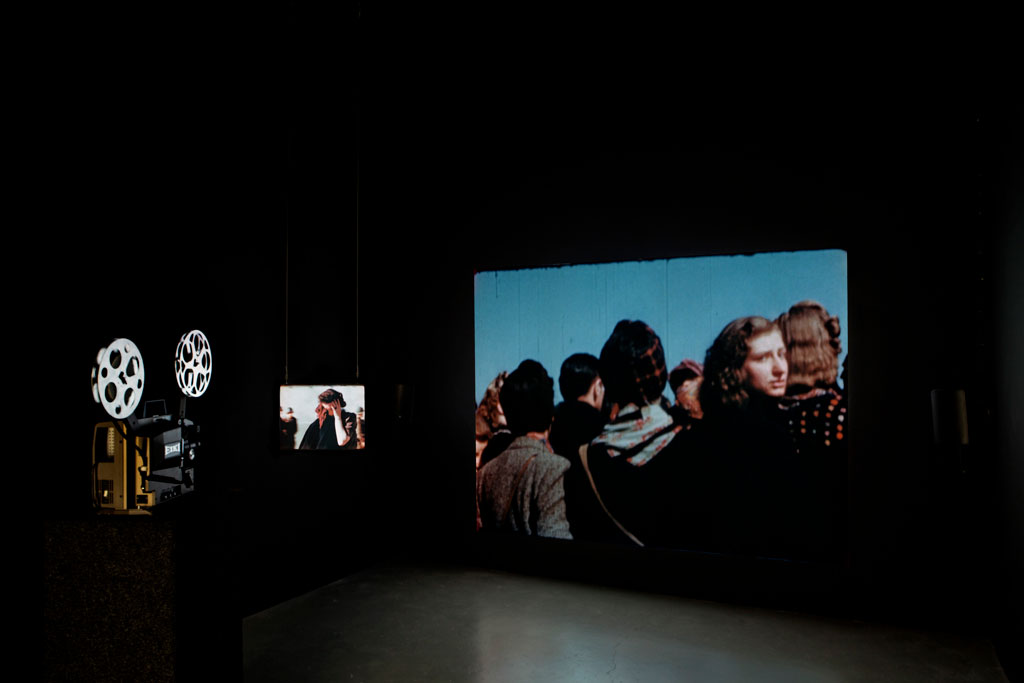ART-PRESENTATION: Positions #5-Telling Untold Stories
Positions is a new exhibition format at the Van Abbemuseum in Eindhoven, that sets a series of projects in dialogue with one another in the ten galleries of the Museum’s old building. With each artist presenting a significant body of work, many produced for the exhibition and others developed through collaborations with art organisations throughout the world, Positions explores different tones of contemporary artistic voices.
By Dimitris Lempesis
Photo: Van Abbemuseum Archive
The exhibition “Positions #5: Telling Untold Stories” consists of solo presentations by Mounira Al Solh, Mercedes Azpilicueta, Anna Dasović, Em’kal Eyongakpa and Quinsy Gario. Having presented their work abroad, they are now making their museum solo debuts in the Netherlands. The result is an intriguing representation of emerging artists who live and work in the Netherlands. What connects the five artists is their interest in different forms of storytelling, often relating to histories and events from the countries where they are from, but remain untold in the context of the Netherlands. The artists in “Positions #5: Telling Untold Stories” work with different forms of storytelling, witnessing and giving testimony. They do this in relation to forgotten, marginalised or silenced histories. These stories span 19th Century novels in Argentina, voices from the rivers of Cameroon or the 1969 uprisings in Curaçao. They range from deeply personal accounts to classified state documents. The stories the artist’s work with are mediated through diverse and imaginative formats.
Mounira Al Solh: Encounters and conversations with others form the starting point for Mounira Al Solh’s work. Since 2012 Al Solh has been drawing portraits of people forced to leave their homes due to conflict, based on the extensive conversations she has had with them. The press called the project “I strongly believe in our right to be frivolous” one of the high points of Documenta 14, after which there was a solo in the Art Institute of Chicago in 2018. There are also a number of embroidery works to be seen, made partly in collaboration with Stichting Ik Wil from Eindhoven (a foundation committed to an inclusive society). The film “Freedom is a habit I am trying to learn” is a new work. Al Solh spent 24 hours with each of four women – Rogin, Waad, Hanin and Zeina – in the cities to which they moved from Lebanon and Syria.
Mercedes Azpilicueta : The starting point for Mercedes Azpilicueta’s presentation is the legend of Lucìa Miranda, as recorded by the 19th Century female author Eduarda Mansilla. It inspired Azpilicueta to produce new work consisting of sound, video, costumes and tapestries. Miranda was the first Cautiva, a European woman captured by the indigenous people on her arrival in 16th Century Argentina. Mansilla wrote a version of the story which emphasised the strength of both the indigenous people and Miranda in their resistance to domination. The tapestries, woven in the TextielLab in Tilburg, and costumes are inspired by the era in which Mansilla lived. The videos and sounds refer to characters from Mansilla’s books. Azpilicueta recently had her European solo debut with an exhibition in CentroCentro in Madrid.
Anna Dasović : An ongoing body of work by Anna Dasović’s centres on the decision by the Dutch government to send Dutch Blue Helmets to Srebrenica, declared a “safe haven” by the UN, in the east of Bosnia and Herzegovina, to protect the area. Following the fall of the enclave in July of 1995, 8,372 people were murdered. The way in which these events were remembered, or rather concealed, in the Netherlands was the motive for Anna Dasović’s ongoing research into the language and images used to describe and contextualise Srebenica, before and after the fall of the enclave. For the first time, in the exhibition, various works are presented together, composed of images, video material and documents from the archives of the Dutch Ministry of Defence, obtained by the artist by invoking the WOB (the Dutch Freedom of Information Act).
Em’kal Eyongakpa: Em’kal Eyongakpa’s large-scale installation is a part of the project “sǒ bàtú”, on which the artist has been working since 2015. The title means ‘bath for the ears’ in Kenyang, a language spoken in Manyu (Cameroon). Using water and sound as major elements, Eyongakpa creates an alternative environment within the museum. It forms a connection with Cameroon folk tales, in which ‘other worlds’ arise in caves when vulnerable groups of people retreat into them in times of peril. Sound recordings of nature, which Eyongakpa made in the forests of South Cameroon, merge with the sounds of Cameroon poems being read aloud and the intercepted messages of political prisoners and prisoners of war from all over the world.
Quinsy Gario: The artist shows a series of works about the recent history of the former Dutch colony the Dutch Antilles. Gario visited the island of Sint Maarten with his mother, Glenda Martinus, in the summer of 2019. There, Gario made an 8 mm film, based on the locations shot in a film produced in 1947 by the RVD (Netherlands Government Information Service). A maquette, made by Gario’s mother, paintings by his uncle, Rudsel Martinus and great uncle, Mauricio Onofra, dolls made by his aunt, Gala Martinus, music by his cousins Quinton and Shaquire Martinus and a poem by his brother Jörgen Gario are a personal way of reporting the uprising on Curaçao in 1969. Also exhibited is Bevrijdingskunst, a work consisting of 200 slides from the archives of the Ons Suriname Association in Amsterdam. Gario’s floor installation “Black, Basically A Genealogical Materialist Analysis” which consists of small black objects, provokes questions about the significations of the color black and what it means to be black.
Info: Currtaor:Nick Aiken, Assistant Curator Evelien Scheltinga, Van Abbemuseum, Bilderdijklaan 10, Eindhoven, Duration: 30/11/19-8/3/20, Days & Hours: Tue-Sun 11:00-17:00, https://vanabbemuseum.nl
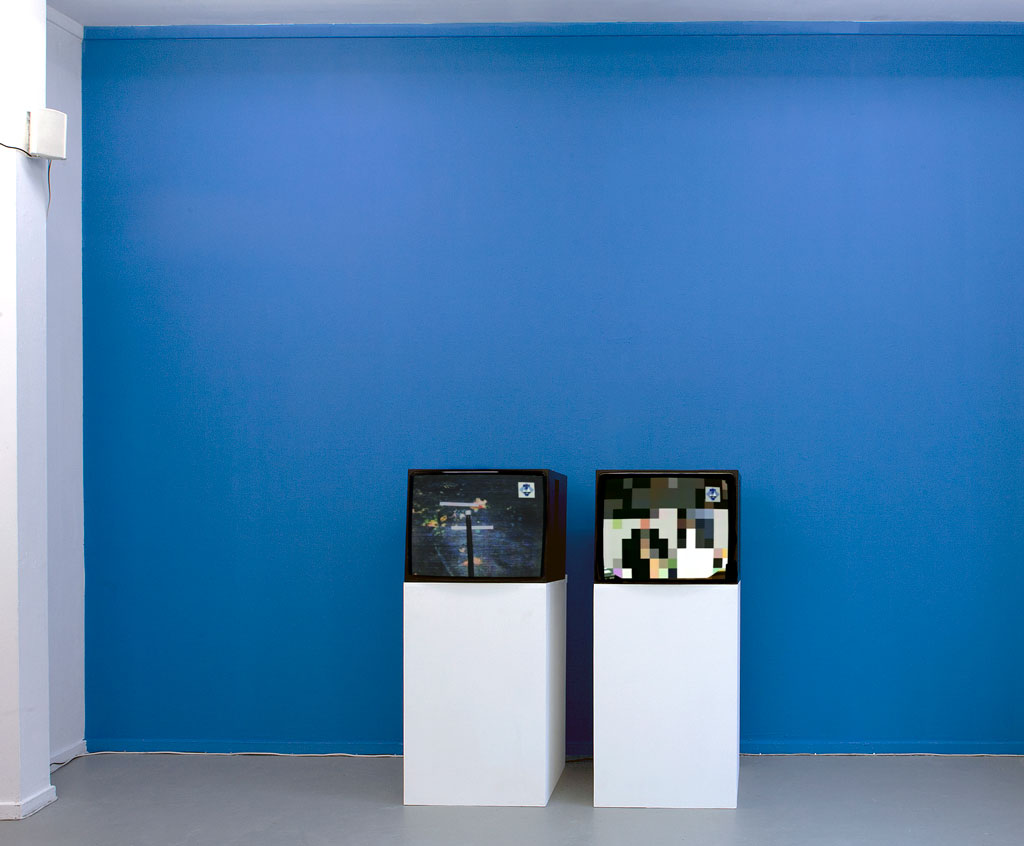
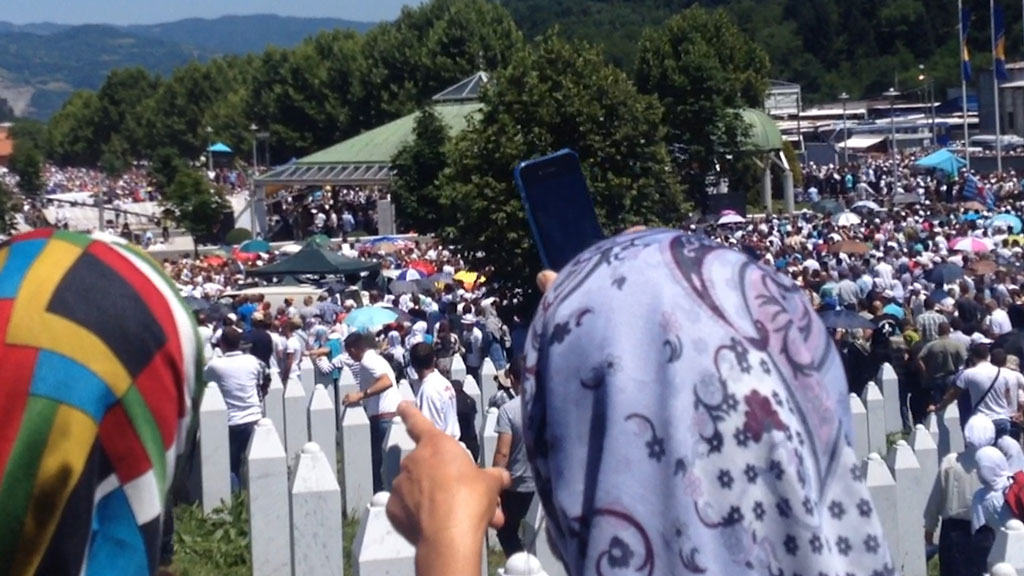
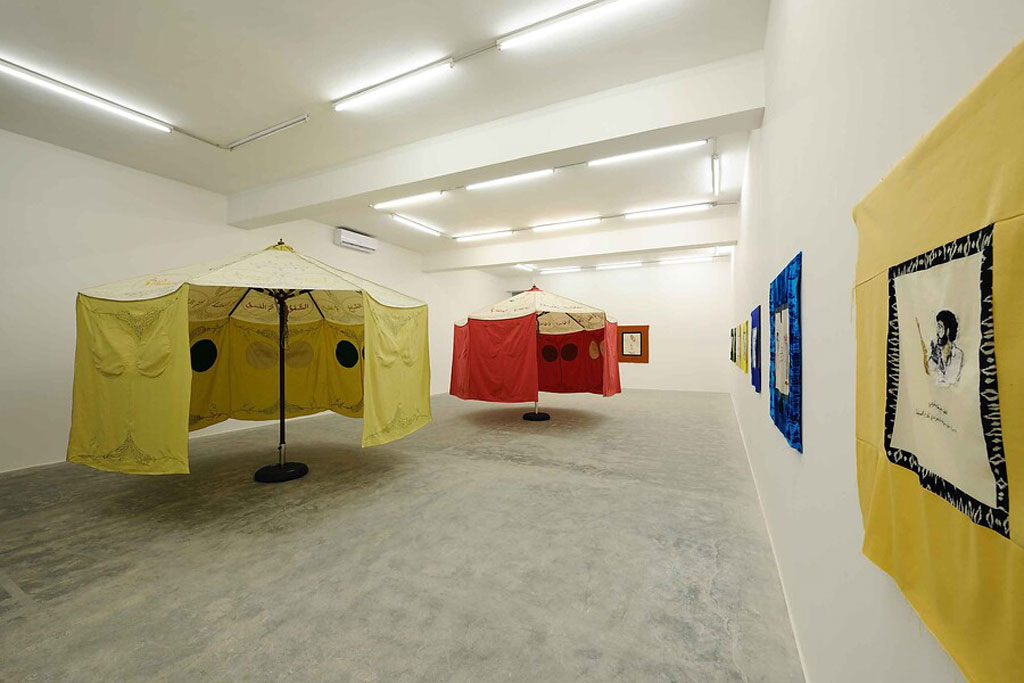
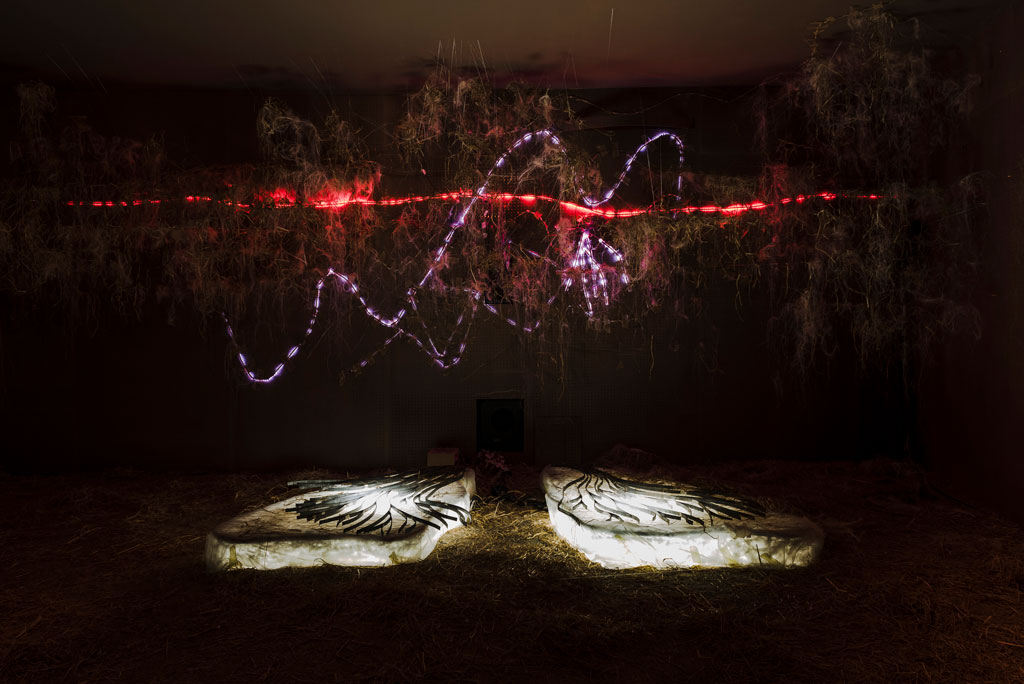
![Mercedes Azpilicueta, Bestiario de Lengüitas [Bestiaire of Tonguelets], 2018. Museo de Arte Moderno de Buenos Aires. Photo: Guido Limardo.](http://www.dreamideamachine.com/web/wp-content/uploads/2019/12/erno_de_Buenos_Aires.jpg)
